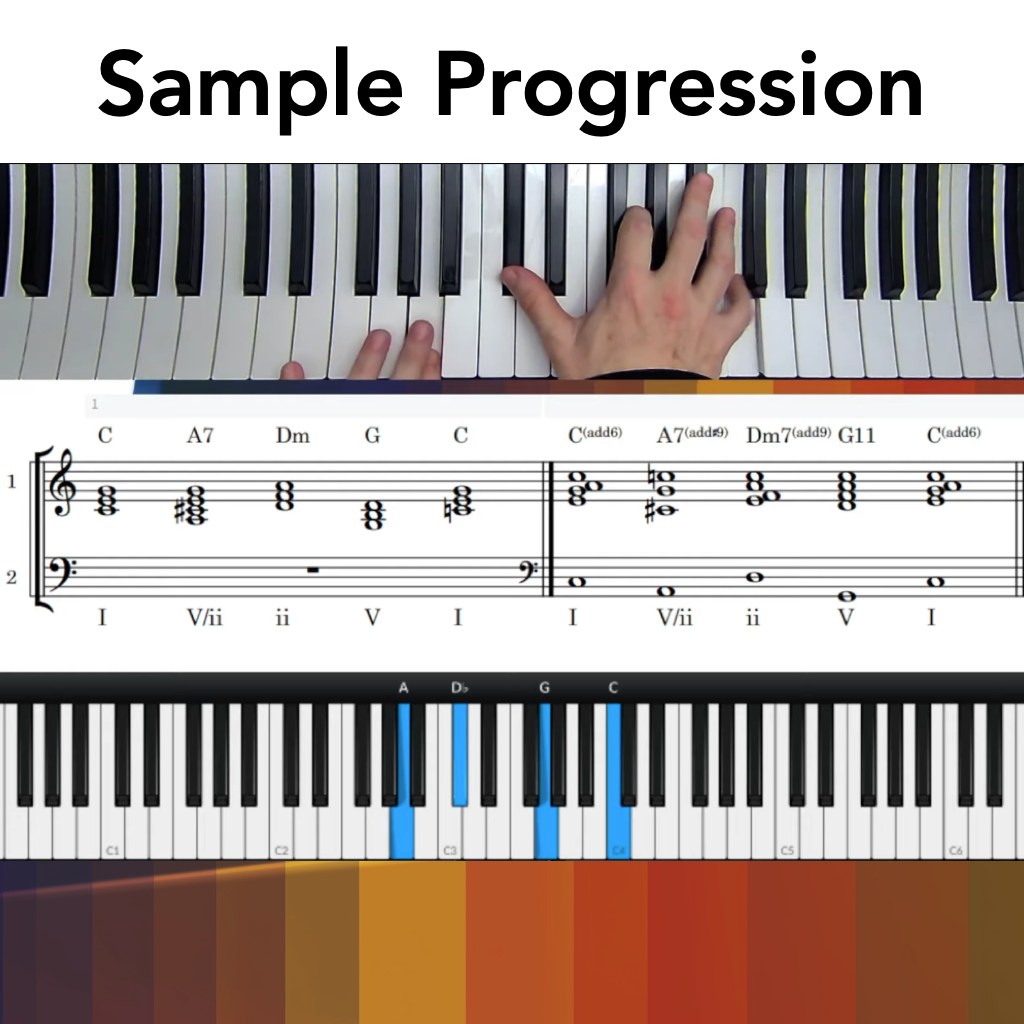Creating Cinematic Moods in Pigments: Step-by-Step Video Tutorial
Want to create powerful cinematic atmospheres with just one finger? This in-depth tutorial shows you how to craft evolving "Instant Moods" using Pigments. You'll discover how to transform a single note into a cinematic mood.
Watch the Tutorial
Follow along with this complete guide to creating instant cinematic moods in Pigments
What You'll Learn in This Tutorial
- Create complex cinematic textures from a single sample
- Utilize scales/chords in your presets.
- Our example uses b6 mood technique for a mysterious atmospheres
- Transform static sounds into evolving landscapes using granular synthesis
- Build layered atmospheres using modulation instead of the Sequencer
Step-by-Step Breakdown
1. Setting Up Your Base Sample
Start with these foundational steps from the tutorial:
- Load a C4 harp sample (you'll only need one sample to create the entire mood)
- Create multiple sample lanes in Pigments
- Copy your C4 sample across each lane
- Prepare for harmonic tuning

The sample used in this tutorial comes from our Soft Cinema Keys - Sound Bank
2. Creating the Harmonic Structure
Follow these specific tuning steps to build your mood:
- Tune the first sample to unison
- Set the second sample to a major third (G#1)
- Adjust the third sample to the fifth (F2)
- Place the final sample at E3 for the b6th
- Now playing any C note will trigger a complete flat-six arpeggio
3. Engaging the Granular Engine
Transform your static sound into something dynamic:
- Switch to the granular engine
- Set sync to 1/8 and 1/4 timing
- Adjust the attack for precise pulse control
- Add randomization for organic movement
- Apply reverb to create initial space and depth

4. Building the Evolution
The tutorial demonstrates how to create natural evolution without using the sequencer:
- Use Function modulators for gradual crescendos
- Create time-synced variations
- Layer complementary elements
- Build bass presence using granular processing
5. Adding Movement and Depth
Watch how to add these crucial elements:
- Implement subtle randomization
- Create synchronized pulses
- Design evolving textural changes
- Build automatic layering systems

More Cinema Mood Presets:
The tutorial showcases techniques used in our professional sound banks:
















